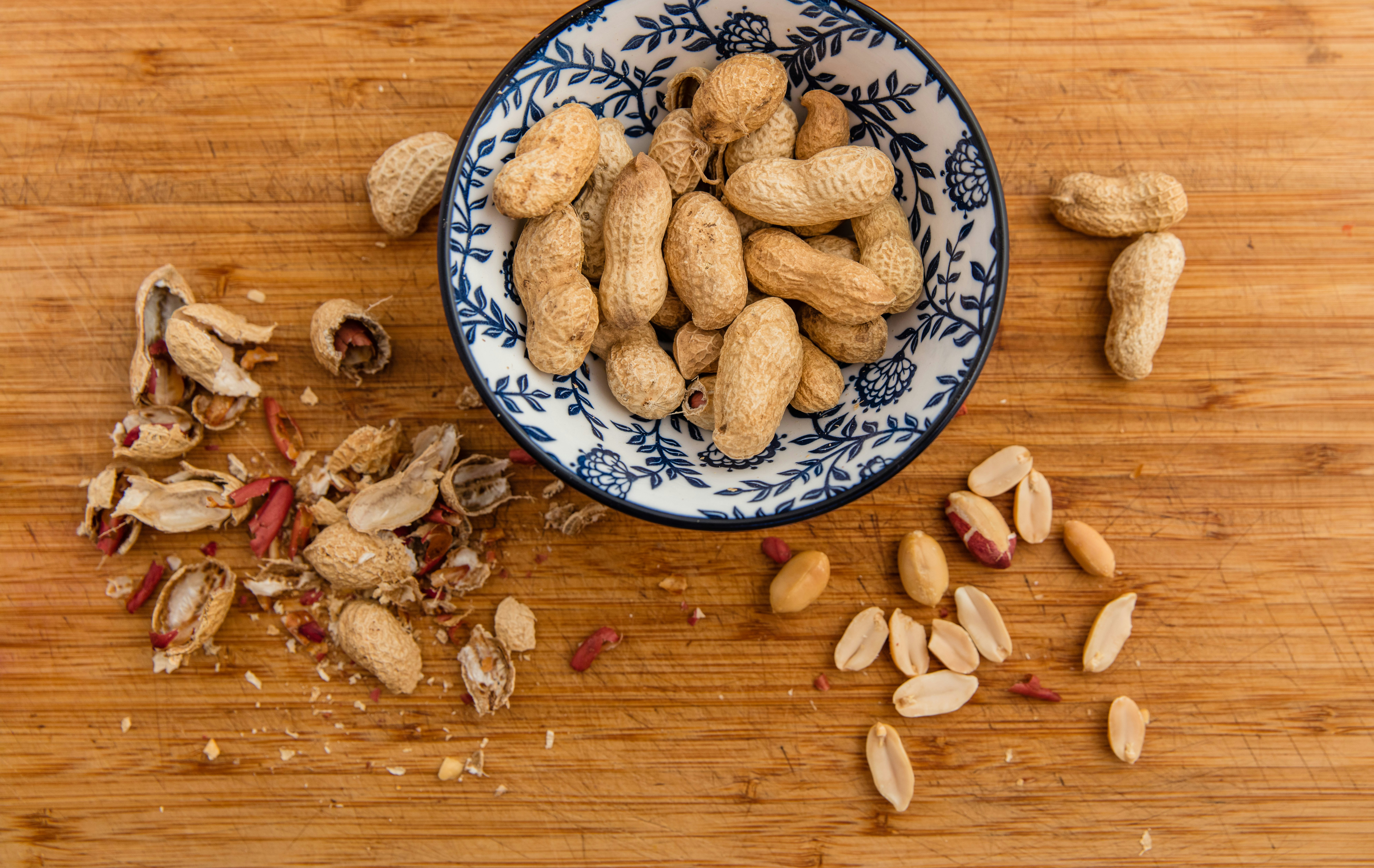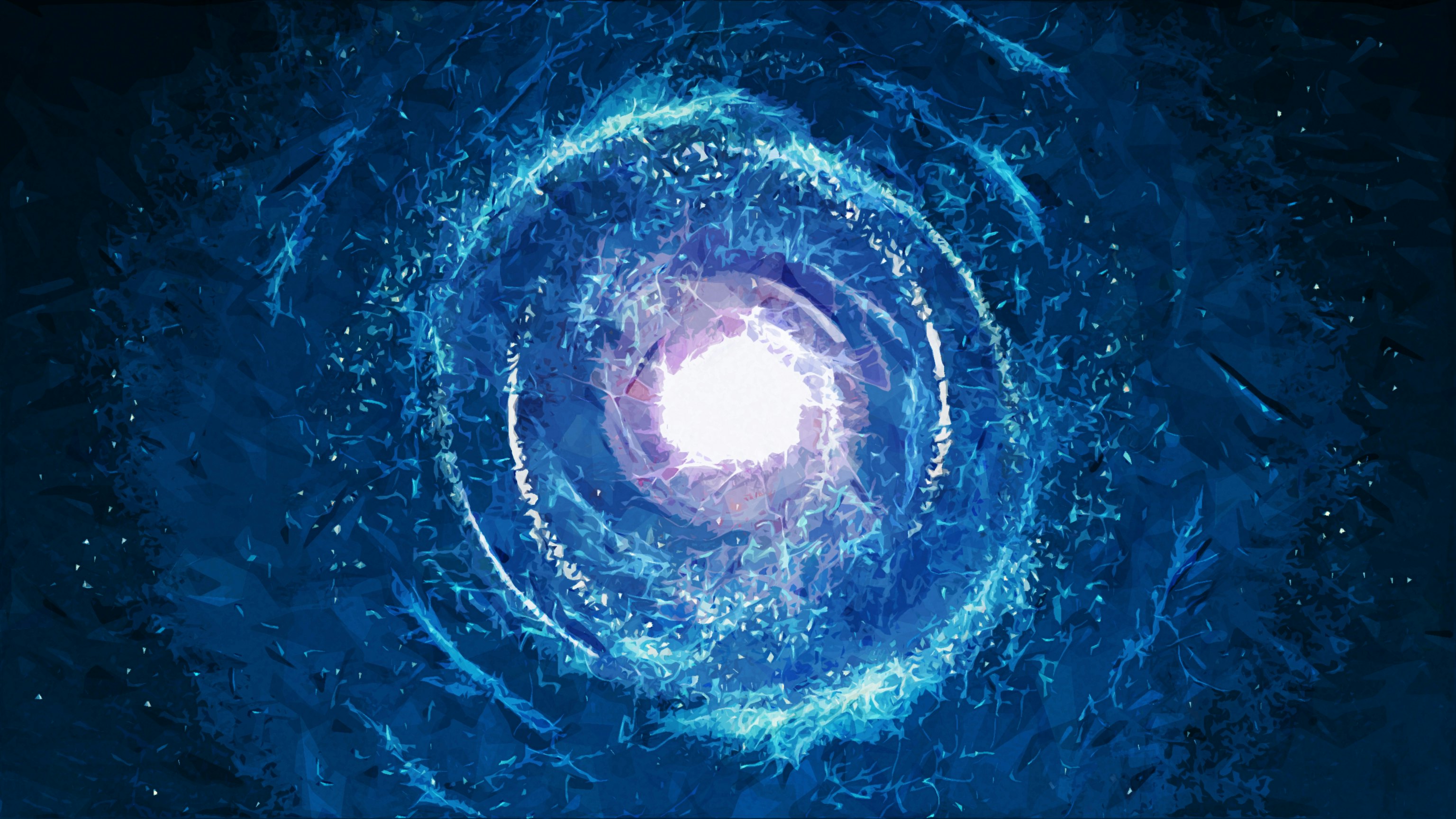
The human body is fragile. We’re made of breakable bones and squishy tissues — in other words, I have Covid, and it sucks. But we forget misery easily — over time, we recover and our disposition tends to swing back to “I’m invincible.” We do risky things like parkour or coughing in a movie theater, we get hurt, we get better, we feel good again. Rinse and repeat.
Sports supplements like creatine are a more innovative manifestation of humanity’s interest in becoming bulletproof. But as much as we’d like to think of ourselves as tiny, optimized Hulks, even supplements can’t make us superhuman. Find out more about creatine and your health, and thank you for all your emails that helped make that great story possible.
This is an adapted version of the Inverse Daily newsletter for Thursday, March 31, 2022. Subscribe for free and learn something new every day.

Does creatine make you stronger?
Health reporter Ali Pattillo wants you to know that creatine isn’t magic, but it does work. “Sports nutritionists, exercise scientists, and human performance experts tell Inverse creatine is safe for healthy individuals to take in moderate doses,” writes Pattillo. “When consumption is combined with exercise, it can lead to optimal health, performance, and aesthetic gains — depending on your goals.”
Creatine is especially beneficial when paired with high-intensity exercise, and it improves your body’s performance by increasing lean muscle mass, muscular strength, and muscular endurance. Compared to unvetted mystery pills with strongman rhinos on their label, creatine also has the benefit of being science-backed and proven safe to use.
“Beyond the muscle-building and endurance effects, emerging data suggests creatine could also have neuroprotective effects — helping mitigate the devastating and deadly risks of concussions, traumatic brain injuries, and spinal cord injuries,” writes Pattillo. That said, supplements do not take precedence over eating, sleeping, and exercising well, and experts say that creatine won’t help improve your overall health by more than, like, one percent.
What doesn’t kill you: Lifting is about more than strength

Poop transplants could be used to treat peanut allergies
As an EpiPen owner and person that experiences various bodily functions, I have a personal interest in this story. Inverse science writer Elana Spivack delivers the cold truth — in some of us allergy sufferers, peanuts “can cause anaphylaxis, reactions ranging from difficulty breathing to death.”
I can tell you firsthand that anaphylaxis is terrifying. Definitely would not recommend it. But new research presented at the American Academy of Allergy, Asthma & Immunology Annual Meeting indicates that fecal microbiota therapy (FMT) could be a good, albeit gross, path away from the life-threatening experience.
“Transplanting some bacteria from a non-peanut-allergic gut to an allergic one could help protect people from allergic reactions,” reports Spivack.
“It’s not so much that poop has curative properties as it is that the gut is a bacterial wonderland that has a hand in nearly every major bodily function.” Okay, hold on. A poop transplant isn’t as Human Centipede as you’re thinking. In their small initial trial, the research presenters gave 15 peanut-allergic adults FMT capsules — pills filled with bacteria extracted from donor stool — over a period of time, and “patients tolerated higher amounts of peanuts after their therapy.” Nice and easy.
Very gutsy: The dirtiest part of one vegetable could boost gut health

A Mars city will need to overcome this tiny obstacle to survive
Speaking of gross things, one wouldn’t describe the surface of Mars as “clean.” It’s netted in thick dust, “which can wreak havoc on machines and, potentially, human explorers too,” writes Georgina Torbet. But in spite of, you know, Mars’ freezing cold and unfriendly atmosphere, some humans are still ready to settle into space’s untouched land.
And that’s fine, as long as researchers figure out the whole dust thing. “To make landing and operating craft on Mars safer, we need to know more about how dust storms form, move, and grow,” writes Torbet. “We're just starting to understand this, thanks to missions like the UAE's Hope orbiter which arrived at the red planet in 2021.”
These missions can track dust storms, which can last for weeks, and relate to Mars’ seasons. “Each event observed is a chance to learn more about martian weather,” writes Torbet, as well as “help improve the survival of both robotic and eventual crewed missions to Mars.”
Leaps and bounds: Cole Sprouse’s trip to Mars never takes off

Hubble finds a star from near the beginning of the universe
Courtesy of the gravitational lensing technique, astronomers using the Hubble Space Telescope were able to “peer at a very distant, gargantuan star, estimated to be an incredible 50 times the mass of our Sun,” writes Elizabeth Howell.
The technique enables astronomers “to bend and focus the light from [a massive space object onto] something interesting in the background,” writes Howell. “Massive objects in space deform space-time around them, allowing them to act like a magnifying glass, amplifying light from the background object.”
Since gravitational lensing allows scientists to see old stars, it also gives researchers a ticket into the past, while new technology provides the train ride. Though researchers were able to use gravitational lensing to first witness their giant, ancient star, the recently operational James Webb Space Telescope is what will help take their observations to the next level.
“Webb’s infrared vision makes it an ideal observatory to examine these early stars, which are receding away from us due to the ongoing expansion of the universe,” writes Howell.
In the beginning…: NASA confirms the Webb telescope has successfully detected its first photons

About this newsletter: Do you think it can be improved? Have a story idea? Want to share a story about the time you met an astronaut? Send those thoughts and more to newsletter@inverse.com.
- On this day in history: Explorer 1, the first satellite launched by the United States, burned up in Earth’s atmosphere on March 31, 1970. The satellite had a long and happy life — it spent 12 years in orbit, completing 58,000 loops around Earth.
- Song of the day: “Alien Observer” by Grouper.







